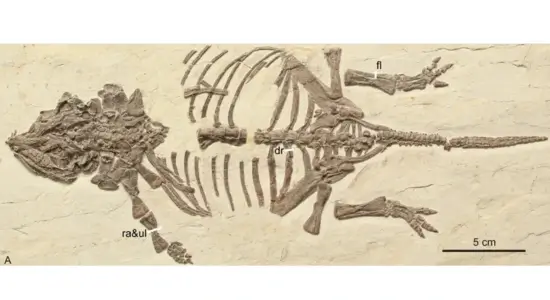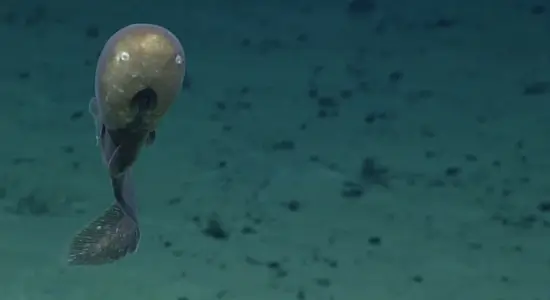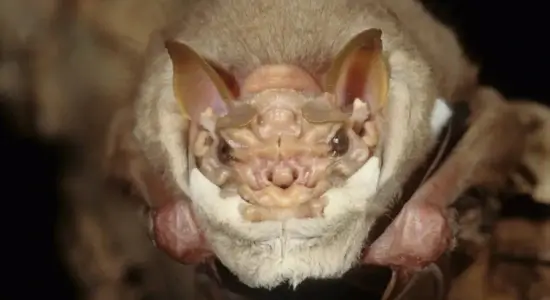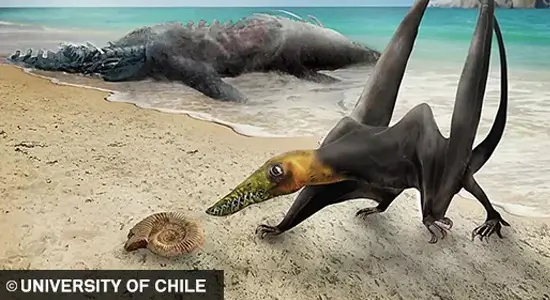
In 2009, researchers made an extraordinary discovery in Chile’s Atacama Desert—the fossil of an ancient winged reptile, known as a pterosaur. This remarkable find belongs to one of two known types of flying prehistoric creatures that soared the skies 160 million years ago. Nicknamed the “Flying Dragon of the Desert,” this species is a rare glimpse into a past where such creatures once ruled the air.
To understand the significance of this discovery, it’s important to clarify what a pterosaur is. Pterosaurs were flying reptiles that belonged to two major groups: 1) Rhamphorhynchinae and 2) Pterodactyloids. Until now, these creatures were primarily found in the Northern Hemisphere, in what was once the ancient supercontinent of Laurasia. (For context, the supercontinent Pangaea eventually split into Laurasia in the north and Gondwana in the south.)
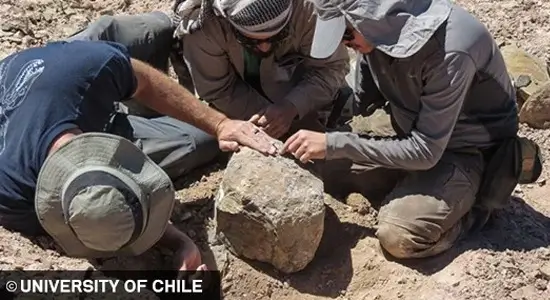
However, this discovery marks the first time a pterosaur has been found in the Southern Hemisphere. Based on its small size, researchers believe it belonged to the Rhamphorhynchinae group. It had a wingspan of about two meters, a long pointed tail, an elongated snout, and sharp teeth—making it a formidable airborne predator. While it may not have breathed fire like the dragons of myth and fantasy, its fierce appearance certainly earns it the name “dragon.”
Jonathan Alarcón, the lead researcher and expedition leader, told LiveScience, “This discovery is incredibly exciting for the scientific community because we have long believed that pterosaurs only lived in the Northern Hemisphere. This finding expands our understanding of their habitat and distribution.”
What makes this fossil even more extraordinary is its state of preservation. Typically, pterosaur fossils are found fragmented or crushed due to their hollow, lightweight bones—an adaptation for flight. However, this specimen was exceptionally well-preserved within layers of sandstone, making it one of the most complete and rarest flying dragon fossils ever discovered.
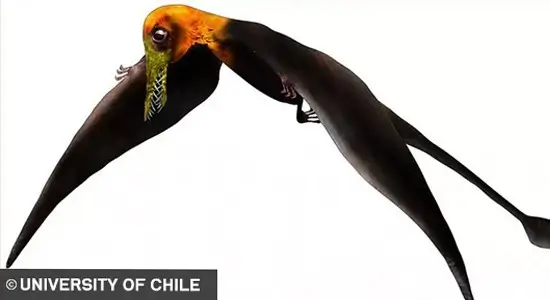
Paleontologists believe these creatures lived near coastal regions, hunting fish and small mammals. Many previous pterosaur fossils have been unearthed near ancient shorelines, further supporting this theory. Since Alarcón’s discovery, additional pterosaur fossils have been reported in places like Cuba, suggesting that these creatures may have been more widespread than once thought.
Currently, researchers are carefully extracting the fossil from the rock to conduct further studies. There’s even a possibility that this specimen belongs to an entirely new species—one the world has never seen before. Only time and meticulous research will reveal the full story of this incredible flying dragon from the past.
This discovery offers a fascinating glimpse into prehistoric life, expanding our understanding of ancient creatures. If you’re interested in learning more about history events and discoveries like this, be sure to explore more captivating stories on our website, Fact Fun.
ref : livescience, nypost, newsweek

